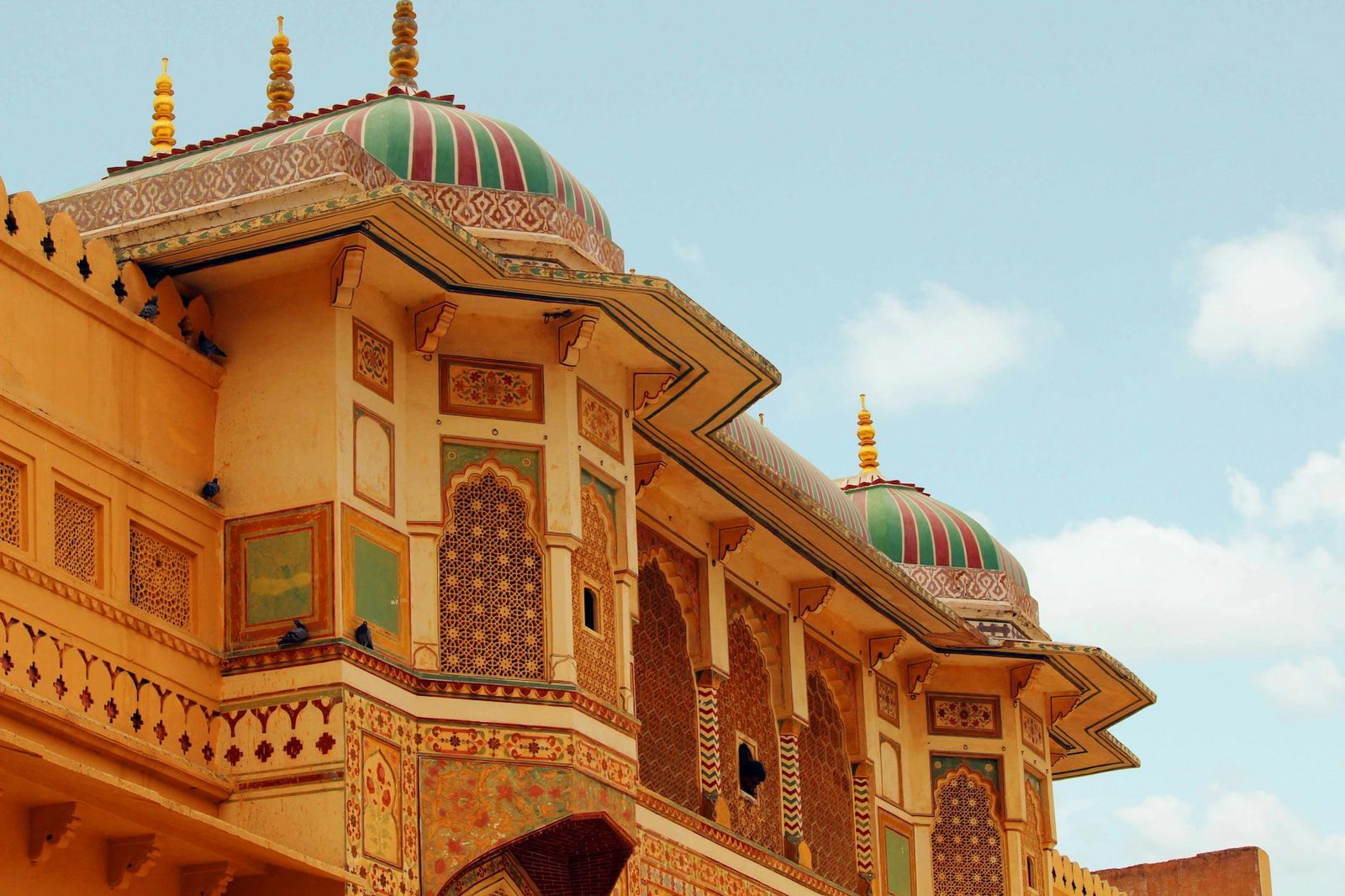
In the race to keep up with the modern world, we’ve become experts at multitasking, chasing deadlines, and checking notifications. But amidst all this hustle, many of us are quietly craving a slower, more meaningful life. That’s where the philosophy of slow living comes in—a lifestyle that encourages us to pause, reflect, and truly savor each moment.
What Is Slow Living?
Slow living is not about doing everything slowly. It’s about doing things deliberately—with mindfulness, intention, and presence. It invites us to stop glorifying busyness and instead focus on what truly matters: connection, creativity, rest, and well-being.
It’s a conscious rejection of the fast-food, fast-fashion, fast-everything mentality that has left many of us exhausted and unfulfilled.
Why Are People Turning to Slow Living?
- Burnout is on the rise across all age groups.
- Anxiety and depression have become increasingly common.
- Social media pressures people to always “do more” and “be more.”
Slow living offers an antidote—a chance to simplify life and breathe again.
Principles of Slow Living
1. Mindful Presence
Instead of juggling multiple tasks, slow living encourages you to be fully present in the now—whether that’s sipping your morning tea or listening to a friend talk.
2. Intentional Choices
From what you wear to how you spend your weekend, every decision is made with thought and purpose.
3. Simplicity Over Excess
Slow living promotes decluttering—not just your physical space, but also your schedule, digital habits, and even thought patterns.
4. Connection to Nature
It often includes reconnecting with the natural world—gardening, walking barefoot on grass, or observing the seasons.
5. Quality Over Quantity
Whether it’s friendships, food, clothes, or experiences—less, but better, is the guiding mantra.
Benefits of Slow Living
✅ Improved Mental Health
By stepping away from constant stimulation, your mind begins to relax. Anxiety decreases, focus improves, and inner peace becomes more accessible.
✅ Deeper Relationships
When you’re not distracted or rushing, you’re more emotionally available. This deepens your relationships with family, friends, and even yourself.
✅ Rediscovered Creativity
A quieter life gives room for creativity to bloom—whether it’s painting, writing, baking, or building something from scratch.
✅ Greater Satisfaction
With mindful choices and less comparison, you start feeling more content with what you have, not what you’re told you should want.
How to Embrace Slow Living in a Fast World
🌱 Start With One Ritual
Choose a single moment in your day to slow down. It could be a 10-minute morning coffee without your phone, a tech-free dinner, or an evening walk.
📅 Say “No” Without Guilt
Learn to protect your time. Saying no to unnecessary commitments means saying yes to your peace of mind.
📦 Declutter Your Space
Start with your wardrobe or work desk. A simpler space leads to a calmer mind.
📵 Limit Screen Time
Turn off notifications, set phone-free hours, or even try a weekly “offline day.”
🍲 Cook and Eat Slowly
Instead of rushing meals, treat cooking and eating as mindful, joyful rituals.
Slow Living Is Not Lazy Living
There’s a misconception that slowing down means being unproductive. In truth, it’s about being purposefully productive. When you live slowly, you often accomplish more—with less stress and more satisfaction.
Think of slow living as choosing a scenic, peaceful drive over speeding down a noisy highway. You’ll still reach your destination—just with more beauty along the way.
Final Thoughts
In a world that constantly pushes you to go faster, slow living is a quiet act of rebellion. It reminds you that you are not a machine. You are a human being, meant to savor life—not just survive it.
So pause. Breathe. Unplug. Choose moments that nourish rather than drain you. Because sometimes, doing less is exactly what you need to feel more alive.







